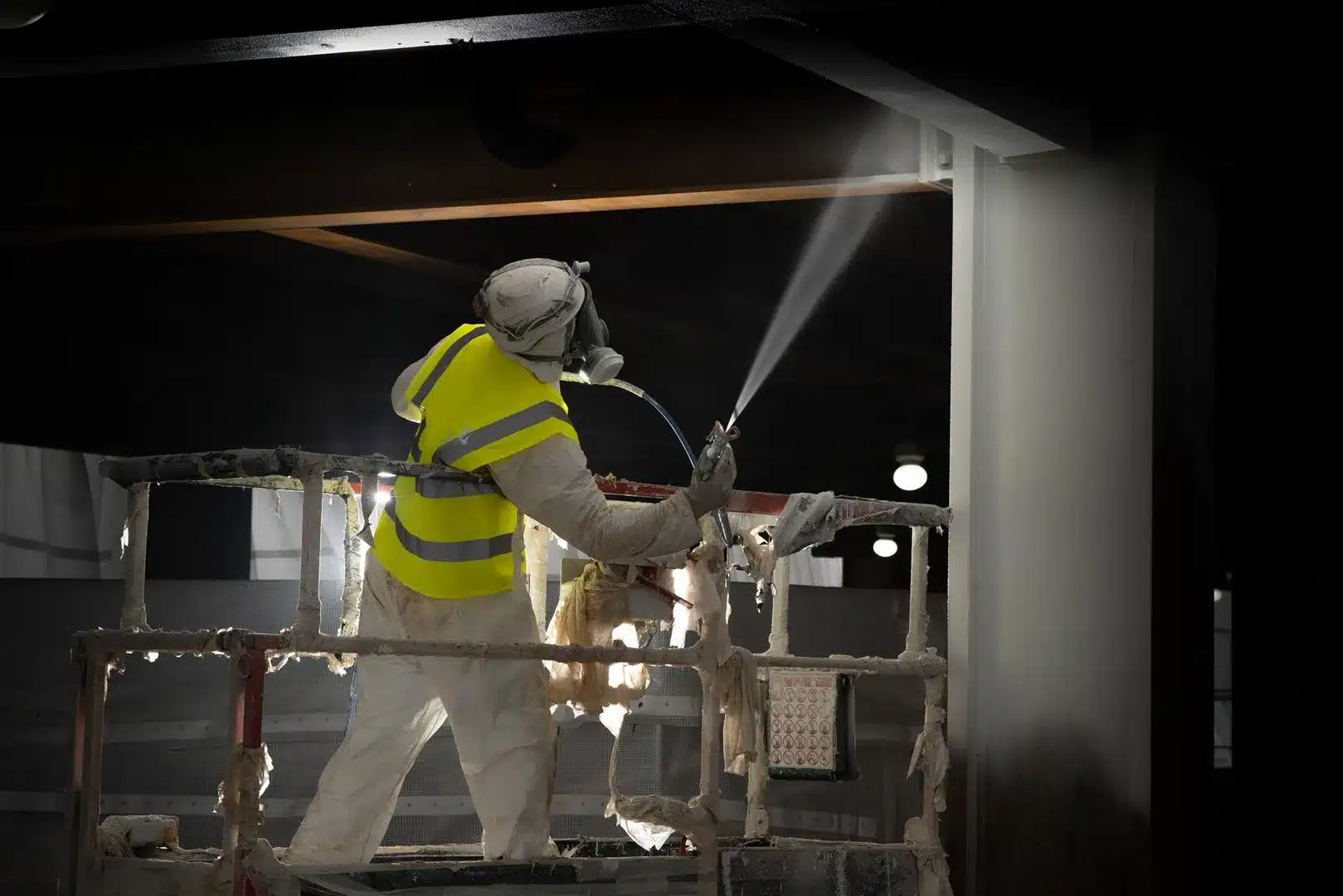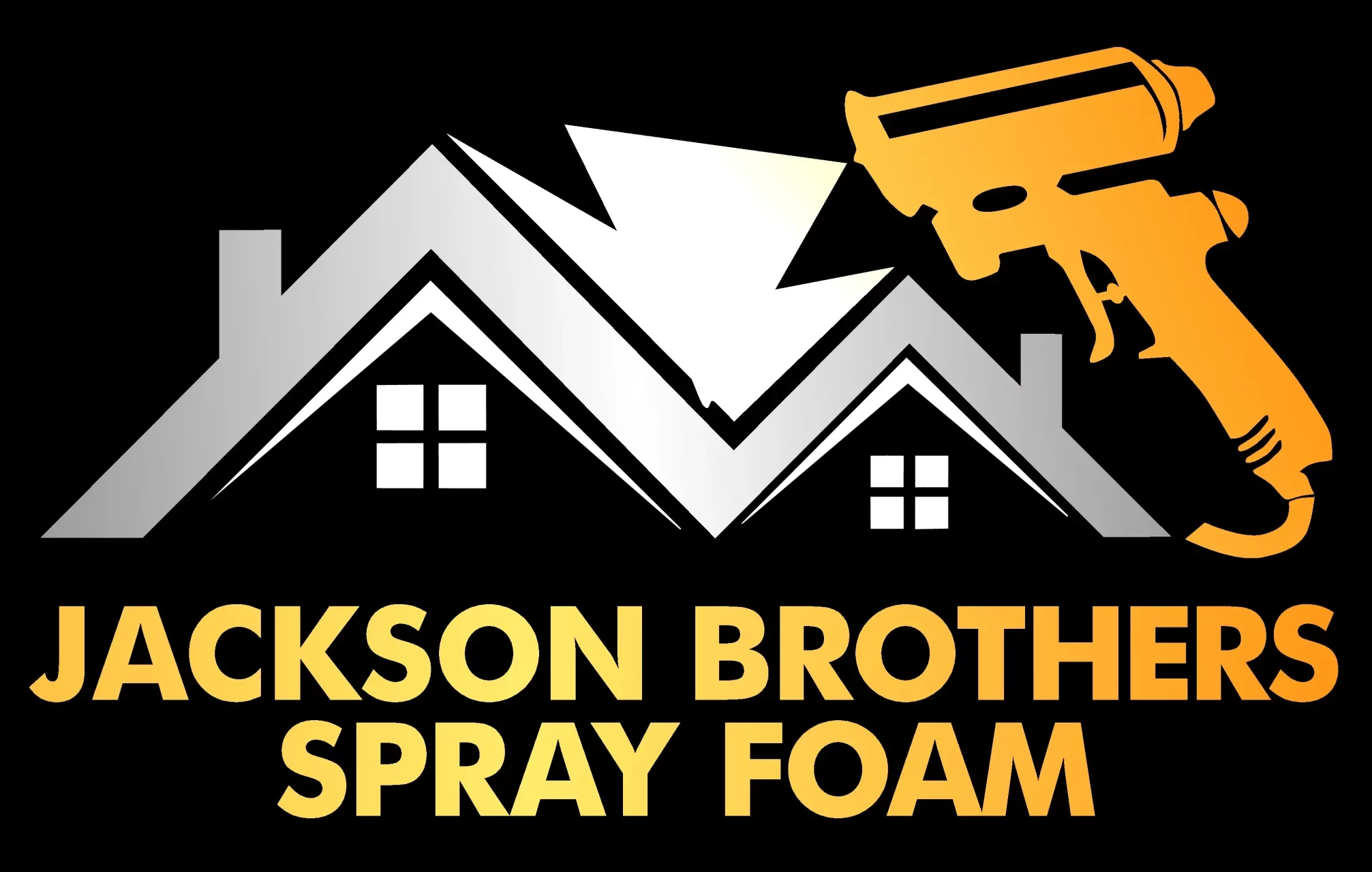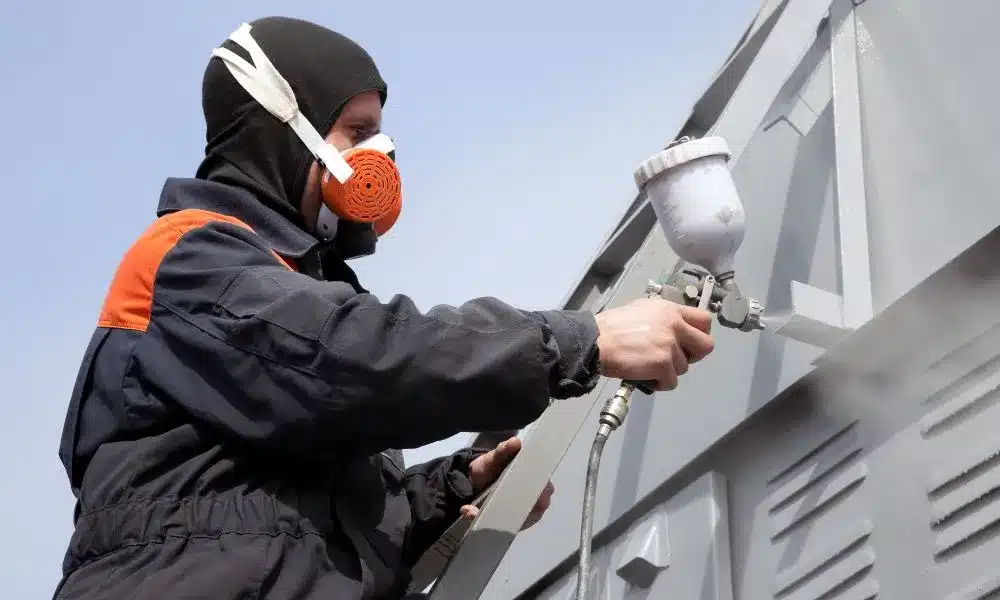Fire safety is a paramount concern for any property owner or facility manager. Fires can cause devastating damage to structures, endanger lives, and lead to significant financial losses. While traditional fire prevention measures like smoke detectors and fire extinguishers are essential, modern building materials and construction techniques offer additional layers of protection. One such innovation is intumescent paint, a remarkable fire-retardant coating that has revolutionized the way we approach fire safety.
Understanding Intumescent Paint
Intumescent paint is a specialized coating that swells and forms an insulating layer when exposed to high temperatures, which are typically encountered during a fire. This remarkable property is derived from its unique chemical composition, which includes a catalyst that triggers a swelling reaction when heat is applied. As the paint expands, it creates a thick, heat-resistant barrier, protecting the underlying substrate from the intense heat and flames.
The Benefits of Intumescent Paint
- Enhanced Fire Resistance: The primary benefit of intumescent paint is its ability to significantly improve the fire resistance of various building materials, including steel, wood, and concrete. By forming a protective barrier, it can increase the structural integrity of these materials, allowing them to withstand higher temperatures for extended periods, providing valuable time for evacuation and firefighting efforts.
- Compliance with Building Codes: Many building codes and regulations mandate specific fire resistance ratings for certain structures and components. Intumescent paint can help building owners and contractors meet these requirements, ensuring compliance and minimizing the risk of costly fines or legal issues.
- Cost-Effective Solution: Compared to other fire protection methods, such as encasing structural elements with specialized materials or applying fire-resistant boards, intumescent paint offers a more cost-effective solution. Its ease of application and relatively low material cost make it an attractive option for both new construction and retrofitting existing buildings.
- Aesthetic Appeal: Unlike some traditional fire protection methods that can be unsightly or obtrusive, intumescent paint can be applied seamlessly to various surfaces, preserving the original appearance of the building materials. This makes it an ideal choice for historic or architecturally significant buildings where maintaining aesthetics is a priority.

Applications of Intumescent Paint
Intumescent paint finds applications in a wide range of settings, from residential and commercial buildings to industrial facilities and infrastructure projects. Here are some common areas where it is utilized:
- Structural Steel: Applying intumescent paint to steel beams, columns, and other load-bearing elements can significantly enhance their fire resistance, ensuring the structural integrity of the building in the event of a fire.
- Timber and Wooden Structures: Wood is a combustible material, and intumescent paint can provide an added layer of protection, slowing down the spread of fire and reducing the risk of structural failure.
- High-Risk Facilities: Industrial facilities, chemical plants, and other high-risk environments benefit greatly from the use of intumescent paint, as it can help contain fires and prevent them from spreading to critical areas.
- Multi-Occupancy Buildings: Apartment complexes, hotels, and other multi-occupancy buildings require robust fire protection measures. Intumescent paint can be applied to common areas, stairwells, and other critical components to enhance overall fire safety.
Choosing the Right Intumescent Paint
While intumescent paint offers numerous benefits, it is crucial to select the appropriate product and ensure proper application. Factors to consider include the substrate material, the desired fire resistance rating, and the environmental conditions in which the paint will be used. Consulting with experienced professionals who specialize in fire protection systems is highly recommended to ensure compliance with relevant codes and regulations.
At Jackson Brothers Spray Foam, we understand the importance of fire safety and the vital role intumescent paint plays in protecting your property and loved ones. With years of experience and expertise in fire protection solutions, we proudly serve the communities of Georgina, Ontario, as well as Uxbridge, Lakefield, Peterborough, Apsley, Port Perry, and Bowmanville. Don’t compromise on safety – contact us today at (705) 995-2176 to learn more about our intumescent paint services and how we can enhance the fire resistance of your residential or commercial property. Our team of skilled professionals is ready to guide you through the process, ensuring your peace of mind and the protection of your valuable assets.



